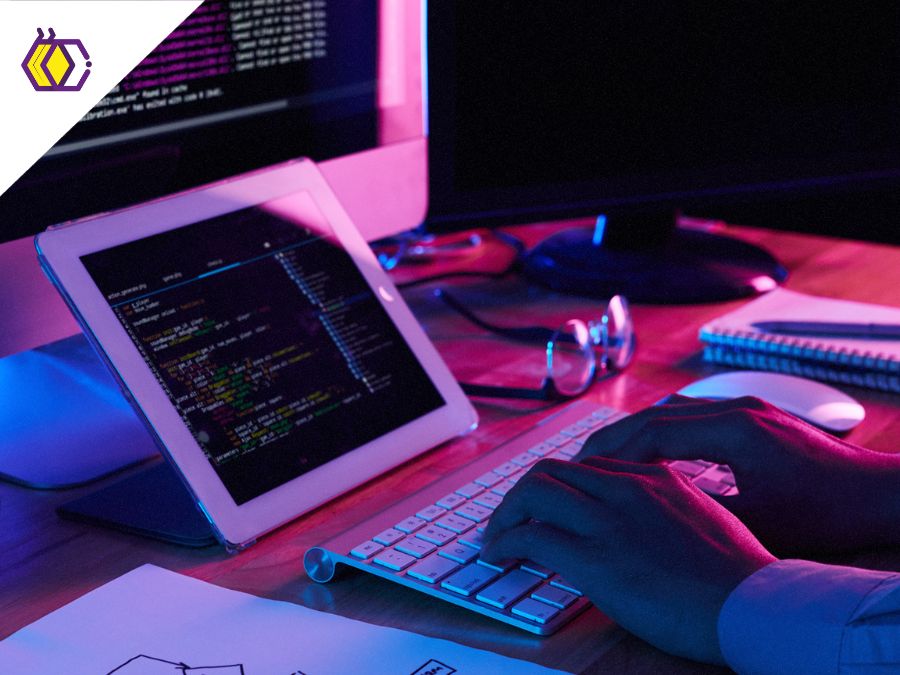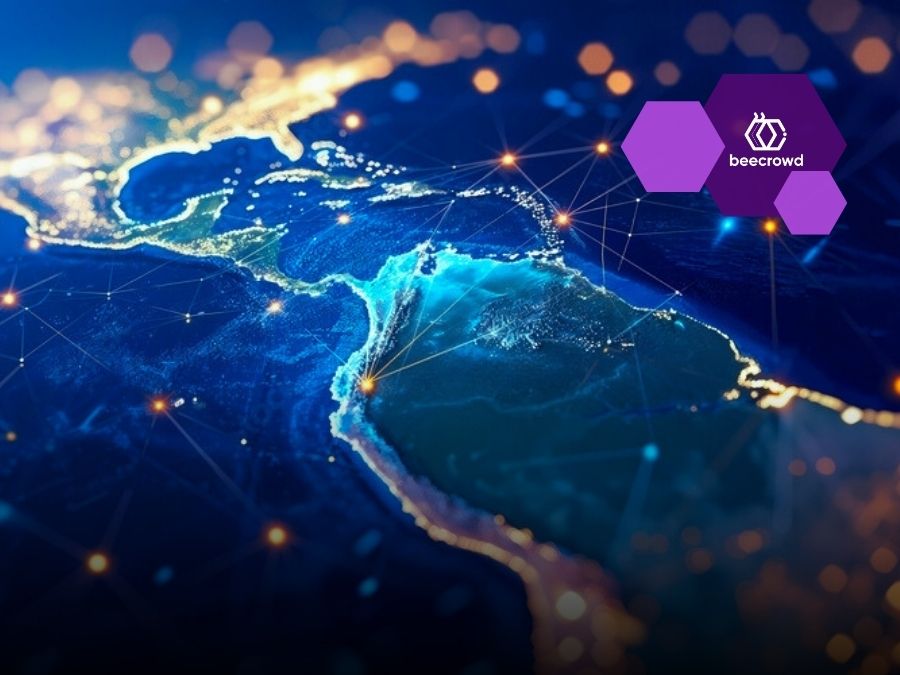

Why is it so difficult to program?
(5 minutes of reading) Programming is inherently challenging because it involves molding an abstract thought into concrete instructions that a machine can understand. For a programmer, this means not only knowing the syntax and logic of the language in question, but also anticipating and managing a multitude of scenarios and exceptions. Furthermore, technologies are constantly evolving, and standards and practices change all the time, requiring continuous learning. And, as if that weren't enough, the collaborative nature of modern programming implies that codes not only need to work, but also be readable and maintainable by other developers, in other words, it's a constant dance between logic, creativity and precision. Below we list some points explaining why programming is so difficult. Come read! 1- Mental Abstraction: Programming often involves thinking abstractly about problems and solutions. This can be difficult for people who are not used to this type of thinking. 2- Attention to Details: A small error in a program, such as a character out of place, can cause the entire system to not work. This can be frustrating and requires meticulous attention to detail. 3- Continuous Learning: Technology and programming languages are always evolving. Programmers need to be constantly learning and adapting to new tools, languages, and practices. 4- Problem Solving: Much of programming involves solving problems. This can be challenging and time-consuming, especially if the problem is complex or unknown. 5- Difficult Initial Concepts: Some fundamental programming concepts, such as data structures, algorithms or programming paradigms, may be difficult to understand initially. 6- Diversity of Languages and Tools: There are many programming languages and tools available. Choosing where to start and which language or tool to use can be overwhelming. 7- Indirect Feedback: In some professions, feedback on whether you are doing something right or wrong is immediate. In programming, you can spend hours or days trying to resolve a bug before you get positive feedback. 8- Isolation: Programming can sometimes be a solitary activity, which can be difficult for those who are more social by nature. 9- Increasing Complexity: As systems grow, the number of interrelated components increases exponentially. This means that a change in one place can have cascading effects on many other parts of the system. Keeping an overview and understanding all interactions becomes challenging. 10- Pressure: In professional environments, deadlines and client demands can create additional pressure, making work more stressful. 11- Abstraction: Many modern tools and frameworks abstract complexity to make the programmer's life easier. However, when something goes wrong, the programmer needs to understand the inner workings of these abstractions, which can be very complex. 12- Errors and debugging: The debugging process can be compared to a detective solving a mystery. It requires a deep understanding of the system and an ability to isolate and identify root causes from often misleading symptoms. 13- Constant changes in technology: New versions of languages and frameworks are released regularly. This means that what was true or best practice a year ago may no longer be true today. Staying current requires an ongoing commitment to learning. 14- Non-deterministic problems: These are problems that do not occur every time the program is run, making them particularly difficult to diagnose. They are common in systems with concurrency or parallelism. 15 – Ambiguous Requirements: Communication is one of the most underrated parts of programming. Understanding what a user or customer really wants and translating that into a working program can be quite a challenge. 16- Optimization: Optimization often involves compromises. For example, optimizing for speed may sacrifice code readability or maintainability. Deciding when and how to optimize requires deep understanding and experience. 17- Maintainability: The code lives much longer than initially expected. Writing code that not only works now, but can also be easily adapted and expanded in the future, is an art. 18- Integration: When different systems, often written in different languages or by different teams, need to work together, numerous challenges arise. They can range from differences in data formats to incompatibilities in software versions. 19- Tests: Writing tests is not just about checking that the code does what it should do, but also ensuring that it doesn't do what it shouldn't. This includes considering edge cases, potential failures, and unexpected interactions. CONCLUSION I hope this in-depth explanation helps clarify the complex and multifaceted nature of programming. Programming is a combination of science, art, and engineering, and although it can be challenging, it is also one of the most rewarding and impactful disciplines of our time. However, it's important to note that many people also find programming rewarding. Solving a complicated problem, creating something from scratch, or seeing your code come to life can be very satisfying. The ability to think logically, solve problems, and approach challenges in new and creative ways are valuable skills that programming can teach. Many programmers pursue the profession because of these challenges and rewards, not despite them. And there? What did you think of our content? Be sure to follow us on social media to stay well-informed!
Share this article on your social networks:
Rate this article:
[yasr_visitor_votes size=”medium”]



